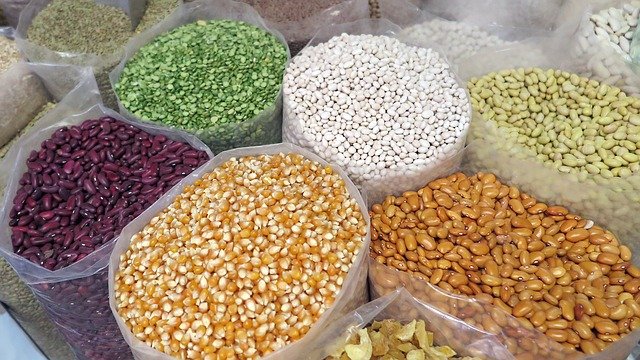

Procurement of coarse grains was regulated by guidelines for procurement, allocation, distribution and disposal of coarse grains dated 21.3.2014/26.12.2014.
Under these guidelines, States were allowed to procure coarse grains from farmers at Minimum Support Price (MSP) under Central Pool subject to the prior approval of the Government of India on the detailed procurement plan prepared by the State Government in consultation with the Food Corporation of India (FCI). The whole quantity was to be distributed within 3 months from the end of the procurement period.
These guidelines have served the purpose of encouraging the procurement of coarse grains by the States. This was reported in the increasing trend in the procurement of coarse grains during the last 3 years. However, it was observed that several difficulties were being faced by some State Governments with respect to the distribution period of coarse grain which was 3 months each for procurement and distribution activity, irrespective of the shelf life of the commodity.
To obviate difficulties being faced by some States in procurement/distribution of coarse grains and to increase procurement of coarse grains under Central Pool, discussions were held with various stakeholders.
Based on the discussion with stakeholders’, the Government of India has amended the guidelines for procurement, allocation, distribution and disposal of coarse grains dated 21.3.2014/26.12.2014.
Highlights of revised guidelines dated 7.12.2021 are as under: